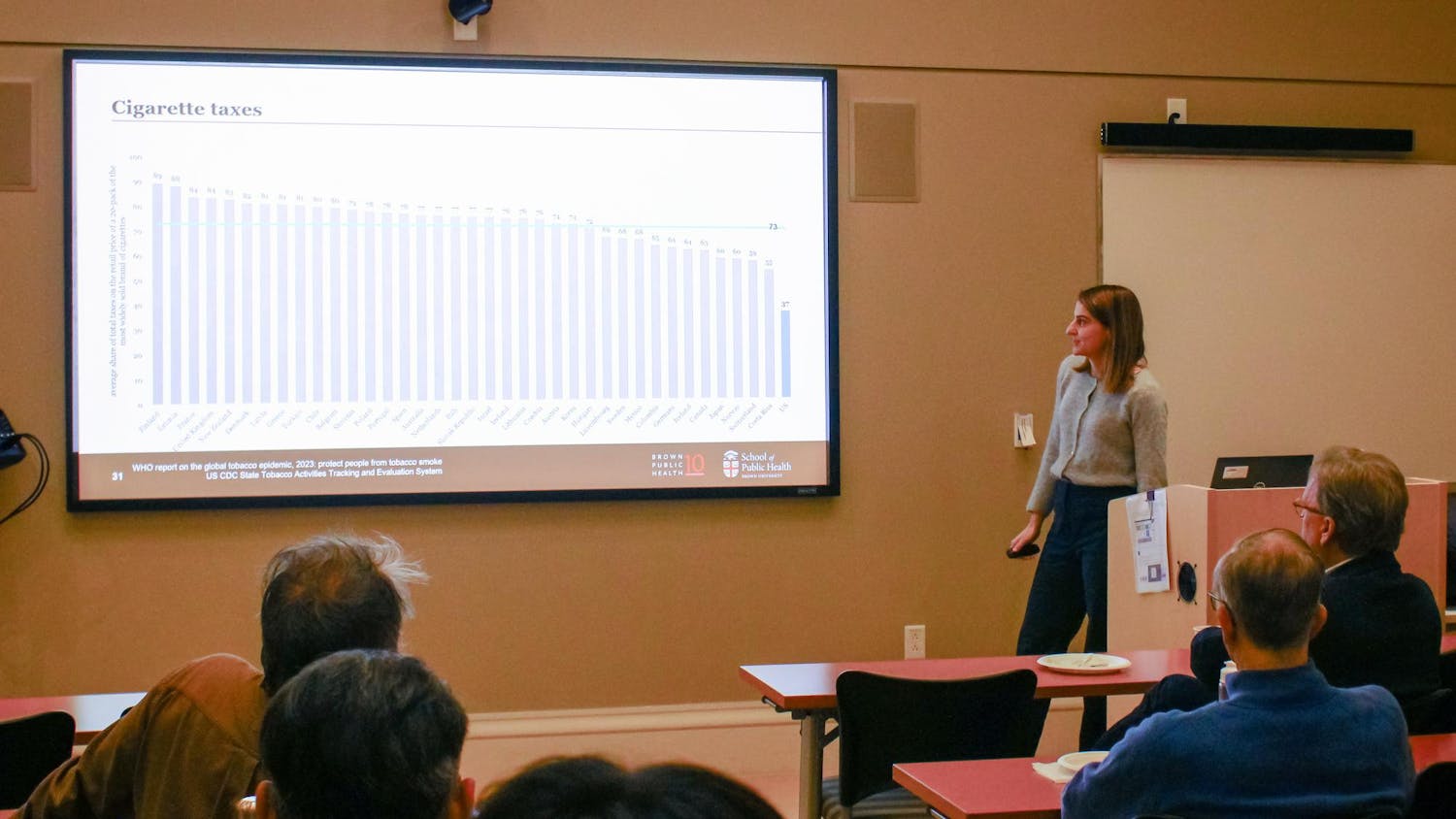A $25 million gift from an anonymous donor will support new, innovative research projects in the field of brain science at the University. The donation will also fund the Innovation Awards Program at the Robert J. and Nancy D. Carney Institute for Brain Science.
“Research, discovery and innovation is a long-term process,” Diane Lipscombe, director of the Carney Institute for Brain Science and professor in neuroscience, said. Gifts like this “stimulate the leading edge of a field where we have phenomenal researchers already. It will season the existing momentum.”
Although the distribution of the gift is still being discussed, a portion of the funds will be devoted to computational brain science research. “A lot of progress has been made regarding the computational functions of the nervous center, especially the brain, but we are only scratching the surface,” Director of the Carney Center for Computational Science Michael Frank said.
Computational brain science research has the potential to expand across different fields, according to Frank. In his own research lab, Frank applies machine learning to study psychiatry and neurology through a computational approach, which can help inform the development of pharmaceuticals and other therapies for mental health.
Another way this gift can impact promising research is through the Innovation Awards Program, which invests in early research projects. “One key element to stimulate innovation is by putting some resources into ideas at the point of inception,” Lipscombe said.
The National Institutes of Health is typically “more conservative, funding less risky, long-term projects with more data,” Lipscombe said. “We want to fill in the gap between the point of establishing creative ideas and receiving stable funding.”
University Professor of Brain Science Alexander Jaworski, a recipient of an Innovation Award in 2015-16, has identified the molecules that determine the assembly of neurons with his lab. Through this research, the researchers discerned the evolutionary history of such molecules.
Discoveries like Jaworski’s have applications across multiple disciplines. “From a human health perspective, our work can help understand the etiology of neurodevelopmental disorders, and it can inform therapeutic approaches” to repair networks of neurons in the brain, Jaworski wrote in an email to The Herald.
Jaworski currently aims to use computational methods to uncover “how dynamic changes in gene expression” impact neural function. This work will benefit from the expansion of resources, computational infrastructure and faculty collaboration in the brain science field, according to Jaworski.
“A gift of this size is obviously a huge vote of confidence for brain science at Brown,” Jaworski wrote. “It can serve as a great recruiting tool” and “elevate computational neuroscience at Brown to the next level.”

ADVERTISEMENT




